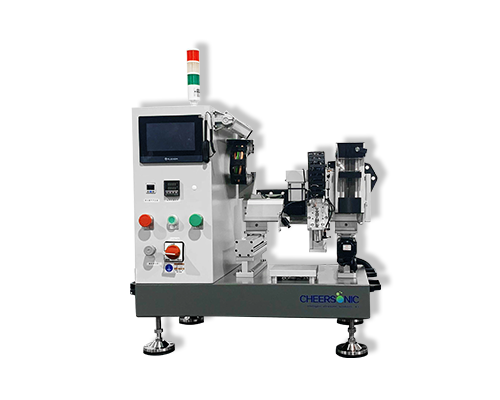Advantages and Disadvantages of Ultrasonic Spray Pyrolysis
Advantages and Disadvantages of Ultrasonic Spray Pyrolysis – Cheersonic
An advantage of ultrasonic spray pyrolysis is its ability to produce complex morphologies and compositions in a one-pot synthesis method, with a continuous production, and is a reasonable development direction of the ultrasonic spray pyrolysis. This ability gives ultrasonic spray pyrolysis the potential for greater uptake in electronic, energy devices, solar cells and photocatalysis. However, complex particles again increase the number of required optimisation steps and experiments to obtain the desired particle properties.

It is important to take into account that the ultrasonic spray pyrolysis is a very fast process where all the described processes take place in micrometres’ volume and in parts of seconds. For these reasons, the deviations of the proposed models are possible, and, based on this, synthesised nanoparticles are very often in a metastable state. The speed of the process and its reaction mechanisms also prevent real-time observations of the particle formation, while the many chemical and physical species present in the reaction tube (simultaneously present droplets of various sizes, vapours of solvents and salts) make modelling of the formation mechanisms difficult. This requires multiple optimisation experiments in order to obtain the desired particle characteristics, as the material properties are affected by several parameters. The formation models are, as such, derived from the characterisation of the finally obtained particles, while the connections between the parameters and the material properties are frequently not complete. More advanced characterisation technologies could alleviate this issue and provide more insight into the formation mechanisms, in order to reduce the number of optimisation experiments. This is especially important with upscaled ultrasonic spray pyrolysis devices, for reducing the costs of production set up.
The rapid formation at elevated temperatures may also result in undesired properties of the final particles, such as crystallinity, composition or morphology. In some cases, subsequent thermal or chemical treatment of the particles produces the desired result, however, this decreases the advantage of using ultrasonic spray pyrolysis as a one-pot synthesis method, increasing particle production complexity and costs. In some cases, optimisation of the ultrasonic spray pyrolysis parameters and formation conditions can produce more favourable results without additional processing.

